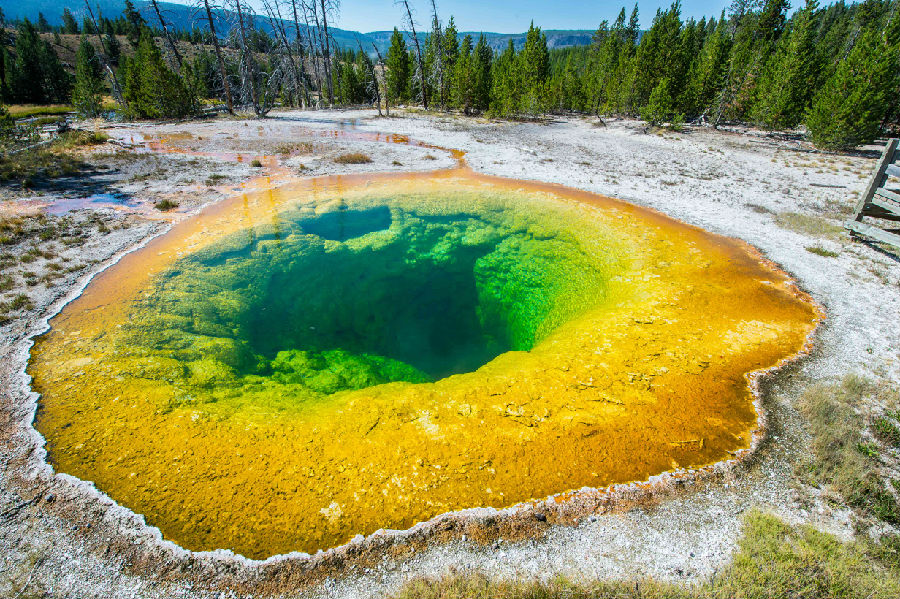15 Dangerous Beauty

Most of us, when we think of volcanoes, think of the classic cone shapes of a Fuji or Kilimanjaro, which are created when erupting magma accumulates in a symmetrical mound. These can form remarkably quickly. In 1943, at Paricutin in Mexico, a farmer was startled to see smoke rising from a patch on his land. In one week he was the bemused owner of a cone five hundred feet high. Within two years it had topped out at almost fourteen hundred feet and was more than half a mile across. Altogether there are some ten thousand of these intrusively visible volcanoes on Earth, all but a few hundred of them extinct. But there is a second, less celebrated type of volcano that doesn't involve mountain building.











